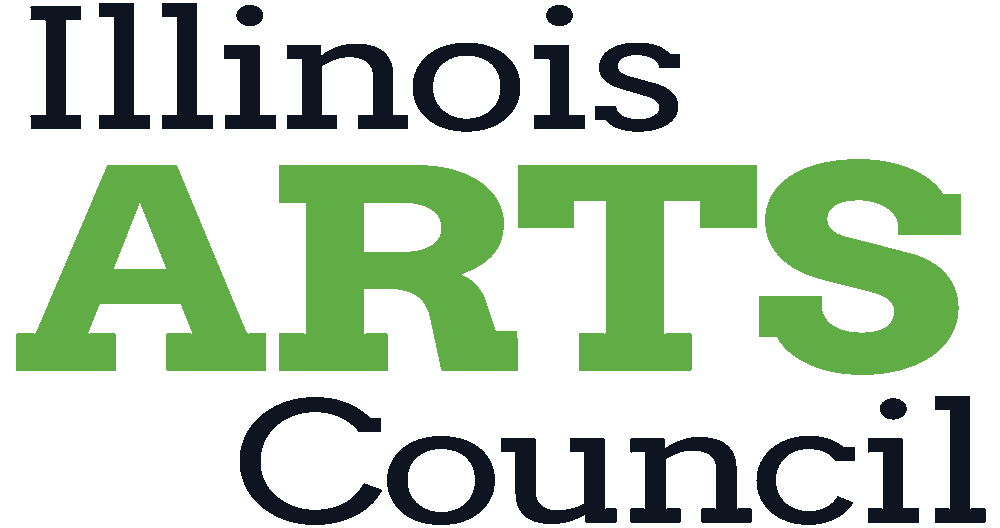A Brief History of “Auld Lang Syne”

John Masey Wright and John Rogers' illustration of "Auld Lang Syne," c. 1841
Around the world, people celebrate the dawning of a new year with a wide array of traditions. In the United States, we set off fireworks and watch the ball drop from Times Square, while in other countries people eat grapes, burn effigies, jump off chairs, and even throw furniture and plates out of windows. Across cultural traditions there is one common thread—music—whether it’s the tolling of bells, the singing of folk songs, or the dancing of Viennese waltzes. In the English-speaking world, the music we generally associate with New Year’s celebrations is the Scottish air “Auld Lang Syne.” In this article, we investigate the origins behind this wistful ode to times and friends gone by.
The genesis of the song “Auld Lang Syne” as we know it today is complex, stretching back centuries. Rooted in Scottish musical and literary traditions, the tune and text existed separately in different guises before finally coming together in 1799. The old Scots phrase “Auld Lang Syne” (which literally means “old long since,” or more poetically, “To days gone by”) has roots dating back to at least the 16th century. It first appeared in an anonymous ballad published in the Bannatyne Manuscript (1568), a collection of old Scottish verses. However, it did not bear the nostalgic connotations we now associate with the phrase. Instead, the ballad, “Auld Kyndnes Foryett,” is about fickle people who feign friendship for financial gain.
The opening lyric of what we know today as “Auld Lang Syne” (“Should auld acquaintance be forgot”) also circulated in other manuscripts from around this period before eventually appearing in James Watson’s influential tome Choice Collection of Comic and Serious Scots Poems (1711). Like the ballad in the Bannatyne Manuscript, this version, likely written by courtly poet Sir Robert Ayton (1570–1638), is more bitter than sweet. The “auld acquaintance” in this case is a “disloyall maid” who has been unfaithful to her lover.
Another song beginning with the words “Should auld acquaintance be forgot” was published by Scottish poet Allan Ramsay (1686–1758) in 1724. Although it starts the same, Ramsay’s poem takes on a more nostalgic tone than the one in Watson’s collection. Ramsay’s interest in Scottish folk traditions and vernacular literature inspired the great Scottish bard Robert Burns (1759–1796). Burns set out to document and preserve Scottish song by traveling the countryside and combing through collections, compiling and revising them for publication. In addition to writing original poems, he often adapted traditional verses to popular dance music, frequently turning to music in Robert Bremner’s Collection of Scots Reels or Country Dances (1760). In this collection is a strathspey (a kind of country dance) called “The Miller’s Wedding” or “The Miller’s Daughter,” which hints at the tune we now think of as “Auld Lang Syne.”
At the time, it was common to pair verses with whatever popular tune fit the meter of the poem. Another verse by Robert Burns, “O Can Ye Labor Lea, Young Man,” was published in volume 4 of James Johnson’s The Scots Musical Museum (1792), paired with the tune we now associate with “Auld Lang Syne.”
Burns’ poem “Auld Lang Syne” was first published in volume 5 of Johnson’s The Scots Musical Museum (1796) but paired with a different tune. Burns was not entirely satisfied with Johnson’s melodic pairing, calling it “mediocre.” So, he sent the poem to another editor, George Thomson, for inclusion in his musical anthology, Select Collection of Original Scottish Airs (1799). Thomson was the one to finally set Burns’ words to the tune we know today.
That said, Burns did not take full responsibility for the poem. In a letter to Thomson, he claimed he had transcribed the words “from an old man’s singing.” From our above discussion, it is clear the phrase “Auld Lang Syne,” the lyric “Should auld acquaintance be forgot,” and the overall theme of nostalgia over the passing of time and friends were common tropes in Scottish song. Burns was surely aware of this history from his research. But none of the previous iterations are quite as graceful or poignant as Burns’ version. In a later edition of his collection, Thomson wrote, “It seems not impossible…that [Burns] said this merely in a playful humour; for the Editor cannot help thinking that the Song affords evidence of our Bard himself being the author.”
New adaptations of “Auld Lang Syne” still proliferated throughout the 19th century, and the tune continued to be used for other poems, including William Lloyd Garrison’s “I am an abolitionist! I glory in the name” and Katharine Lee Bater’s “America the Beautiful.” The song only truly became a hallmark of New Year’s celebrations when bandleader Guy Lombardo and His Royal Canadians would use “Auld Lang Syne” to close out their annual New Year’s Eve shows, broadcast nationally from New York City from 1929 to 1976.
Ring in a musical New Year with WILL! Listen to Live from Vienna: New Year’s Day from Vienna on January 1 at 10 am on WILL-FM (90.9). Or you can watch Great Performances: From Vienna: The New Year’s Celebration 2025 on WILL-TV beginning at 7 pm, with an encore presentation at 8:30 pm. Experience this annual beloved concert from the Golden Hall of the Musikverein celebrating the 200th anniversary of the birth of Johann Strauss. Conducted by Riccardo Muti, with PBS favorite Hugh Bonneville as host.



